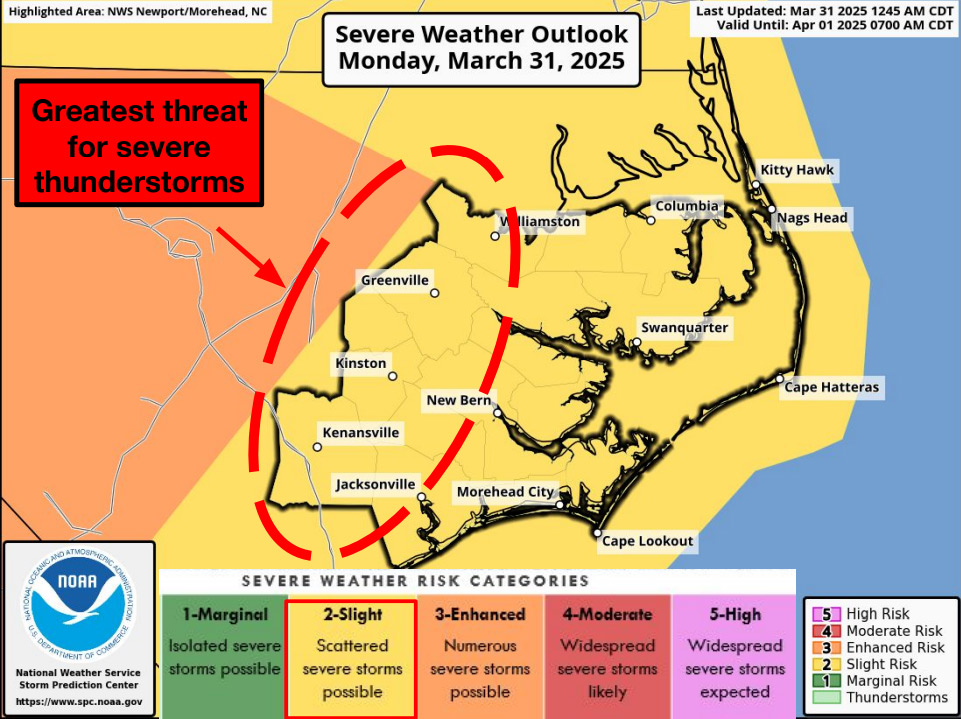The Night Sky: Despite the weather, February had its highlights
Venus has been the evening star throughout February. Stepping out on my back porch at dusk and seeing Venus dominating the southwest horizon lets me know it’s probably going to be a good night for viewing the stars. You know it’s going to be particularly good when Venus is bright enough to cast shadows. Later, walking out front, I get to see Jupiter in the east glowing like a diamond!
Once I spot Jupiter, I always look towards the south to locate Orion and then focus on the Orion Nebula. I’ve had mixed success viewing it with the naked eye. But I find it rewarding to see that fuzzy star and tell myself I’ve still got pretty good eyes for an old guy! (Just so you know, I always check out Mizar and Alcor in the handle of the Big Dipper, too. I batted a thousand on seeing that pair in February.)
Sirius, the Dog Star, has been spectacular, too. It’s easy to find. It tends to be low in the southern sky and very bright. If you need a little help, find Orion’s belt and use it as a pointer to Sirius. Looking up at Orion, Sirius is back and down (east and south) about six times the length of the belt.
Sirius is the brightest star in the night sky. It has a magnitude of -1.44, which makes it dimmer than Venus and Jupiter but much brighter than Mars. Sirius appears very bright because it’s just over 8.5 light years away. That makes it the fifth closest star system.
With the bad weather this month, I managed to get only a few decent shots:
This is M81. Some sources (Wikipedia) refer to it as Bode’s Galaxy. It’s 12 million light years away.
The following two photos are shots I took of its sister galaxy, M82. If you look at the first shot from last year, you can see the supernova that became visible in January 2014. In the second shot, it’s gone. Who says stars never change?
MARCH SKY WATCHING
Venus (magnitude -4) will continue to be the bright evening star in the west-southwest during March. Mars (magnitude +1.2) will be between it and the horizon. As an added bonus, Uranus will shine just above Venus the first of the month. You will probably need a pair of binoculars or a telescope to get a decent view of it. It will look like a small blue dot. With a magnitude close to +6, it’s pretty difficult to make out with the naked eye.
As the month progresses, Uranus will be moving closer to the horizon. By March 4, Uranus will be in the middle of the trio. By March 11, Uranus will be closer to the horizon than Mars and Venus. It will finally duck below the horizon on the night of March 23, but it will probably have been obscured for observation by the fading light of the sun several nights prior to then.
Jupiter (magnitude -2.6) will be visible all night long. It stands out as a very bright star to the naked eye, but add a pair of binoculars or a telescope and you should be able to see its bands. On a good night, you might spot several of its larger moons.
Here’s a quick shot of Jupiter I took on Feb. 20. This is a pretty good representation of what you might see looking through a telescope or a pair of binoculars.
If you zoom in to the image, there’s a little more detail.
Mercury will be visible near the south-southeast horizon just before dawn. As the month progresses, you might catch a fleeting glimpse of Neptune just before sunrise! Neptune’s magnitude is +8, so you will need a very good pair of binoculars or a telescope to spot it. Like Uranus, Neptune appears as a blue dot when viewed through a telescope. I still find it cool to look at the most remote planet in our solar system.
Pluto is no longer classified as a planet and is now considered a dwarf planet. If you have access to a good telescope, you can view Pluto between 3 a.m. and dawn. It’s a magnitude +14 object, so you will also need a star map to identify it from the background stars. If you want to positively identify Pluto, the best technique is to photograph several images of it and its background stars over several nights and then compare the photos. The dot that appears to move through the scene is Pluto. That’s how Clyde Tombaugh discovered Pluto in 1930.
Saturn will start March rising in the east-southeast just after midnight. At 6 a.m., it will be due south and a little less than half way to the zenith.
Orion, the hunter, continues to be the most prominent constellation in the southern skies. Last month, I talked about the Orion Nebula surrounding the second star in the sword. That’s not the only nebula in the Orion constellation. The first star in his belt is surrounded by two other famous nebulae, the Flame Nebula and the Horse Head Nebula. Neither one is visible with the unaided eye. They are both difficult to view through a telescope, but I find it extremely rewarding to get a good glimpse of them.
Nebulae aren’t the only things that are interesting in Orion. Betelgeuse, the prominent star in the upper left shoulder, is a red super-giant. This is what it looks like through my telescope.
If you have access to a good telescope on a computer guided mount, you might want to try and do a Messier Marathon on March 18. There are 110 deep-sky objects in the Messier catalog, and you might be able to see all of them that night. To pull this trick off, you need to start as early as possible with objects nearest the western horizon. Then progress through the list when M30 will rise in the east just after 6 a.m. I don’t do Messier Marathon’s, but if you decide to try and do one, please let me know how you did. The most objects I’ve ever viewed in a night is about 30. I don’t think I’m in shape to do 110!
If you happen to be in Svalbard, Norway, on March 20, be sure to check out the solar eclipse. We will not be seeing any of it here.
There will be a lunar eclipse on April 4.
ASTRONOMY TALK
Here are some clarifications of a few of the terms and names I used in this month’s article:
The magnitude of an object is a scale of how bright an object appears in the sky. At -26, the sun is the brightest object in the sky. The full moon has a magnitude of -13. Intuitively, you might see something wrong with the scale. First, it seems to go backwards since brighter objects have smaller negative magnitudes, and the sun is about 400 thousand times as bright as the moon but only double its magnitude. That’s because magnitude is a logarithmic scale.
The human eye can see objects out to about magnitude 6.0 in very dark clear skies. If you are viewing the stars from your backyard or porch anywhere on Hatteras Island, the odds are you are not experiencing “very dark skies.” The house lights, security lights, and business lights are all forms of light pollution that reduce the splendor of the night skies, so you’re probably limited to seeing magnitude 4 or brighter stars.
Light pollution is excessive or misdirected artificial light. It has been shown to cause sleep disorders in humans, disrupt the nesting activities of sea turtles, cause confusion in migratory birds, and even impact the growth cycles of some trees. Astronomers tend to be obsessed with it since one misdirected street light can ruin the night skies of several hundred properties.
Want to convince yourself? Pick a clear night and walk up over the dune onto the beach. Turn off your flashlight and give your eyes about 15 minutes to adjust to the darkness. You will probably start to see stars you never knew were there. Now walk back over the dunes and try to do the same thing within 100 feet of a street light or a security light. You’ll probably see about 50 percent fewer stars! Now think about the impact 1,000 street lights have on our night skies.
A supernova is a star that has grown old and then explodes. As shown in the images of M82, a supernova can stand out like sore thumb but the explosion is only visible for a short period of time.
(Gerry Lebing is a retired computer scientist with the U.S. Geological Survey in Washington, D.C. He has visited Hatteras Island since the mid-1970s. He and his wife, Karen, have owned property here for several years and moved to their home in Waves full-time in 2013. You can send him questions about the night sky through e-mail, gerry@wmi.org.)
















